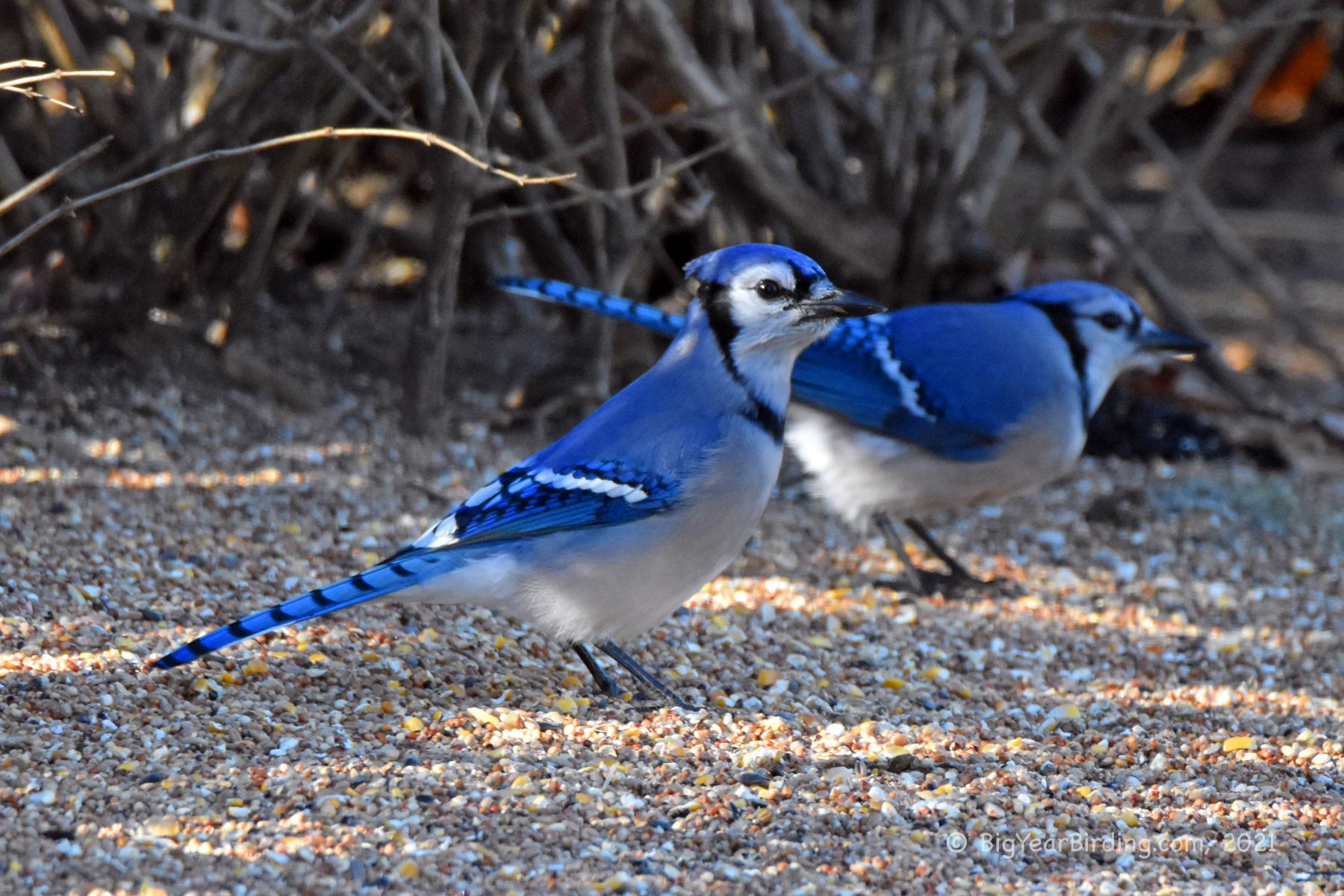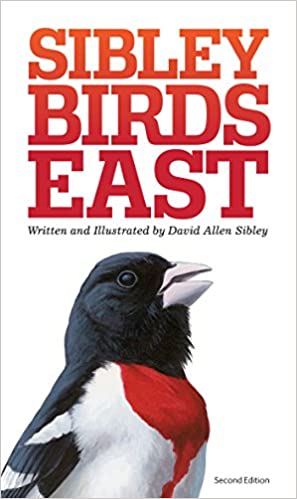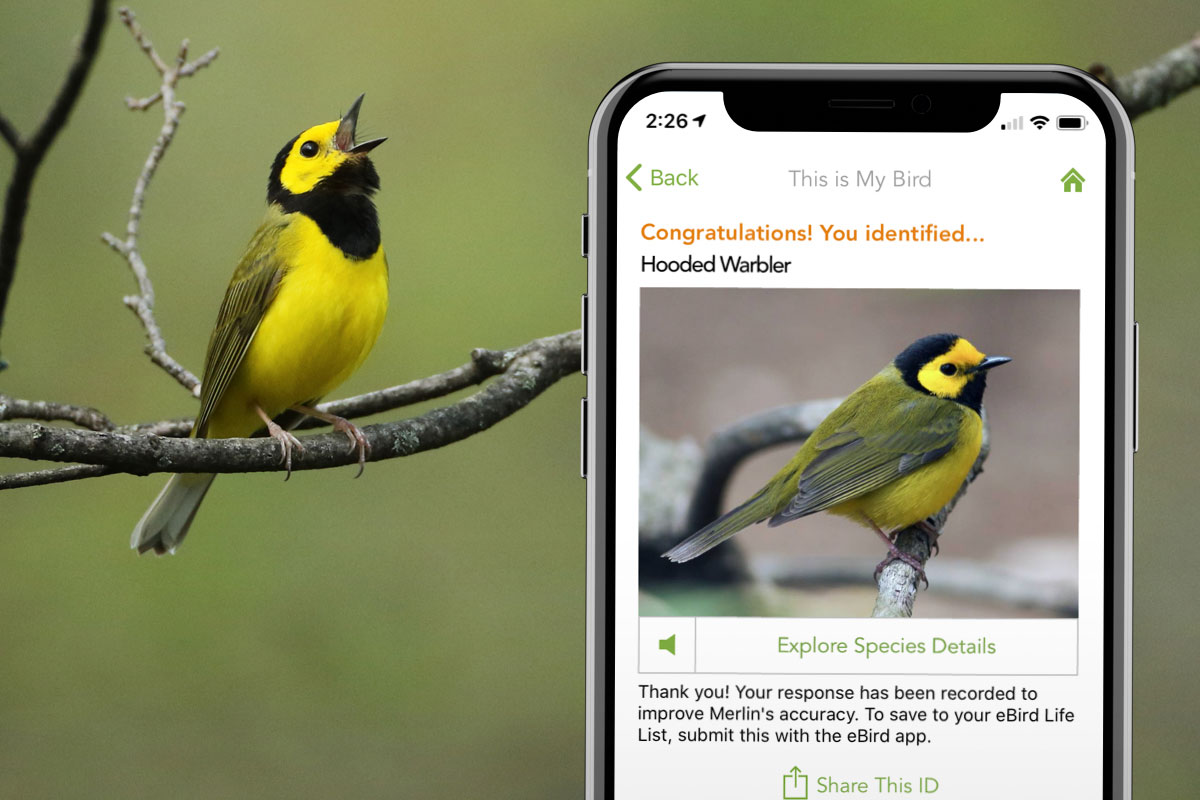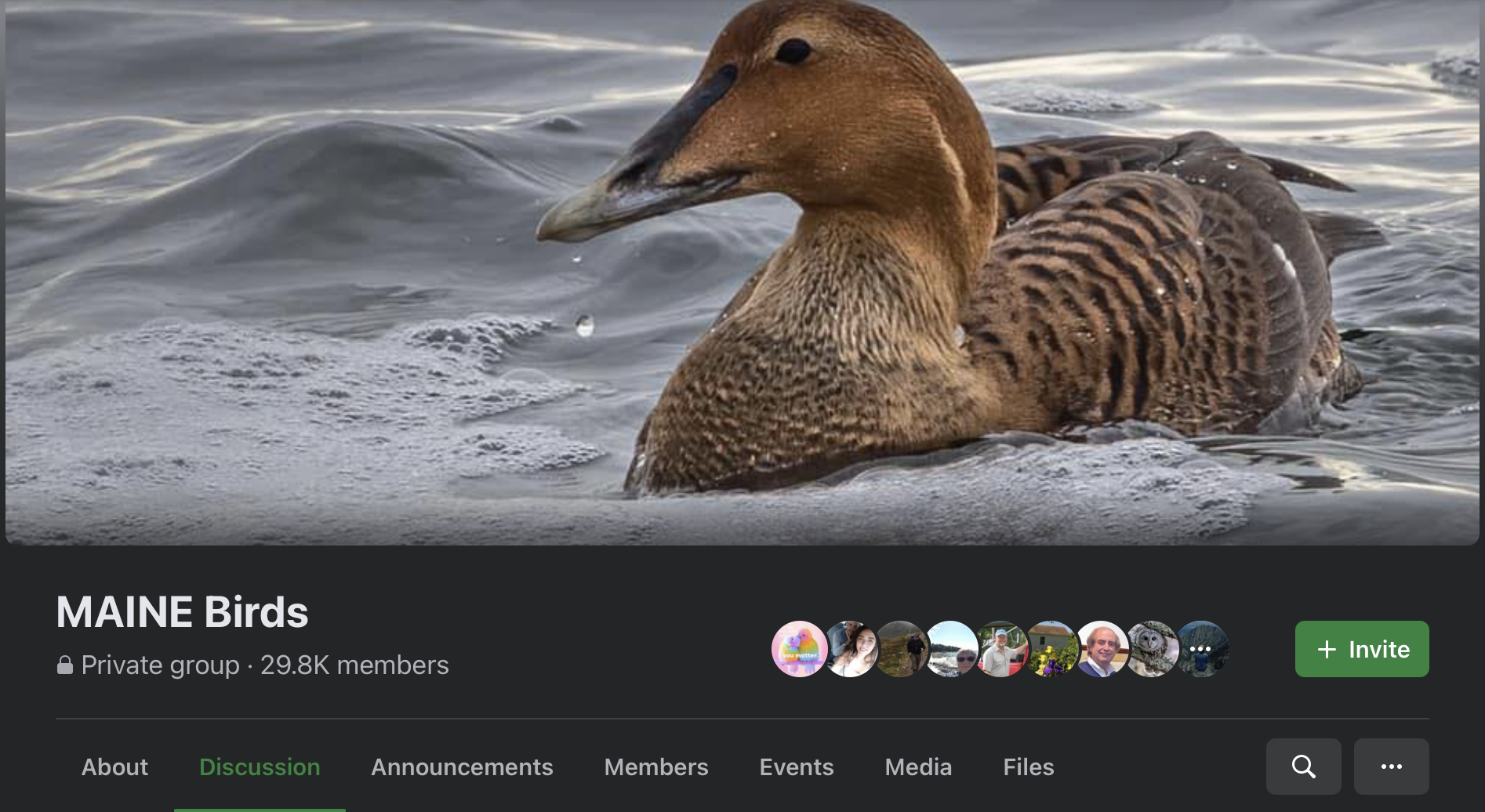
Getting Started Identifying Birds
Spring is in the air and as you open windows to let in, you notice singing where there had been silence before. No, it’s not your neighbor whistling while he does yardwork. It’s the sound of birds who have returned to your area and who, like you, welcome the warmer temperatures and longer days. As you start to think about putting up a feeder to get a closer look at these feathered songsters, you wonder how to identify them. Here is some tried and true advice for getting started.
Beginning with birds at your feeder is a great way to go. Since these birds stay for a bit and return frequently, you’ll get long (for the bird world anyway) and frequent looks.
Use a Field Guide Tailored to Your Region or State
 Know what birds are in your area. The American Birding Association (ABA), which covers the territory of 49 US states (Hawaii is excluded) and Canada, currently lists 993 species. However, only a fraction of these are likely to appear where you are. So, how does the new birder learn which birds are likely to be nearby? Try these tools for zooming in on your area:
Know what birds are in your area. The American Birding Association (ABA), which covers the territory of 49 US states (Hawaii is excluded) and Canada, currently lists 993 species. However, only a fraction of these are likely to appear where you are. So, how does the new birder learn which birds are likely to be nearby? Try these tools for zooming in on your area:
Choose a local field guide. For example, Peterson’s, a long-standing favorite among many birders, offers guides tailored to both Eastern and Western North American birds. Comprehensive guides such as these show the birds from many angles, describe their identifying features, include range maps, sound patterns, similar looking birds and more.
Start with a guide you don’t need to be an ornithologist or seasoned birder to understand. I live in Maine and when I began birding more than 20 years ago, I started with the smaller, but comprehensive enough Golden Eastern Bird Guide. It was less intimidating than the larger, more detailed guides. In addition, it has several pages dedicated to specific habitats, showing all birds commonly seen there, all on the same page. These include: Common Roadside Birds, Common Backyard Birds, Gull-like Birds, Confusing Songbirds, and many more. This helped me a lot when I first was learning. I had great success and little frustration, which in any new endeavor is key to motivating the newbie to keep working at it. When I wanted more information I referred to one of my larger field guides. When my skills became solid enough and I found myself using my Peterson’s guide more and more, I knew I had evolved from beginner to novice, a very exciting moment!
Keep one of the laminated double-sided tri-fold guides or poster of local backyard birds next to the window that looks out onto your feeder. Having a quick reference right at hand will make you more likely take a moment to look up the bird and will encourage others in your house to do the same. More on the value of this later.
Technology is Your Friend
There are lots of terrific birding apps on the market, but not all are suited to your location or ideal for the beginning birder. To begin, choose an App designed to help you identify birds wherever you are. Merlin Bird ID is a free app offered by the Cornell Lab of Ornithology. What makes Merlin such a powerful tool for beginning and intermediate birders is how user and newbie-friendly it is.
When you want help identifying a bird, the app walks you through the following steps:
- Asks whether you want to use your current or a different location.
- Asks if you want to use today’s date or another.
- Shows you several silhouettes of birds from the size of a sparrow to a goose and prompts you to select a dot closest to the size of your bird.
- Prompts you to choose between one and three main colors.
- Asks where the bird was (at a feeder, on a fence or wire, on the ground, flying, etc.)
- This all takes just moments, and then, voila, you are presented with a list of possible birds with photos, description, status for your area (rare, uncommon, common), range map and an option to listen to their songs and calls. This is one very powerful and incredibly helpful app!
Take Advantage of Social Media
Search Facebook for birding groups in your area. I belong to MaineBirds. Here people post what they are currently seeing and where. This is very helpful for not only knowing what is being seen in your area, but for finding that Northern Shrike or Great Gray Owl you’ve always wanted to see, but haven’t yet. Many members also post photos of birds they’ve seen. Often the birds are identified by the photographer, but it’s fun to test yourself before looking at the caption.
Frequently a member posts a photo and asks for help in identifying the bird. Among such a dedicated group, many people jump at the chance to weigh in on the bird. So, if you have a photo of the bird and have tried to identify it without success, this is the go-to place for help.
Find a Birding Companion
What’s better than one person in the family learning to bird? Why, two of course! You’ll learn from and encourage each other. When I was first learning to identify birds, my eight-year old daughter stepped into this role and became a regular birding companion for me. I learned a lot from how she went about identifying these quickly fleeting creatures.
 More recently, my husband who had been a budding novice birder for years, got interested in learning more after we met. Whether his initial motivation was to woo me or to become a better birder is a moot point, he was bitten by the birding bug and his skills now rival and often exceed mine. Not only have his skills grown tremendously, so have mine. We spend much of our free time pursuing our beloved hobby together, much more time than I had ever spent birding before meeting him.
More recently, my husband who had been a budding novice birder for years, got interested in learning more after we met. Whether his initial motivation was to woo me or to become a better birder is a moot point, he was bitten by the birding bug and his skills now rival and often exceed mine. Not only have his skills grown tremendously, so have mine. We spend much of our free time pursuing our beloved hobby together, much more time than I had ever spent birding before meeting him.
Don’t have a family member who is into birding? Not to worry. Birding is a popular pursuit in most places. Your local Audubon Society is a great place to find workshops to help you develop your skills, birding walks and field trips, and other birders. I continue to participate in many every year and I always learn something new and have fun. It’s a great way to see birds, discover new places, and be with like-minded people who “get” your birding obsession. Local birding supply stores and land trusts often offer free birding walks and other programs for birders.
Ready to start keeping track of your birds? Download our free app, designed for easy use by all levels of birders. Check it out at Big Year Birding.
Next up: What exactly should I look for and remember about a bird who only lets see him for a brief moment, but I just have to identify!


